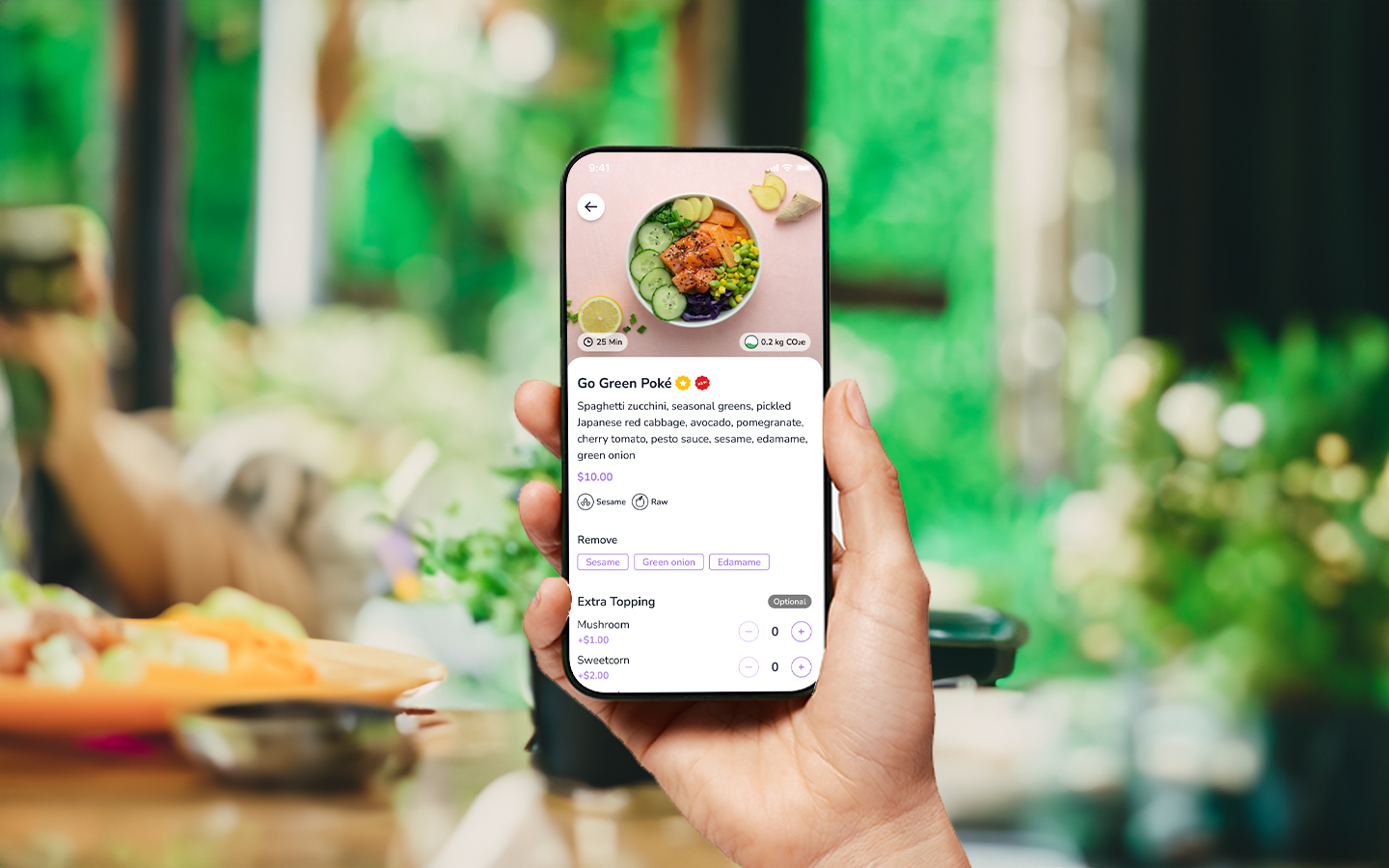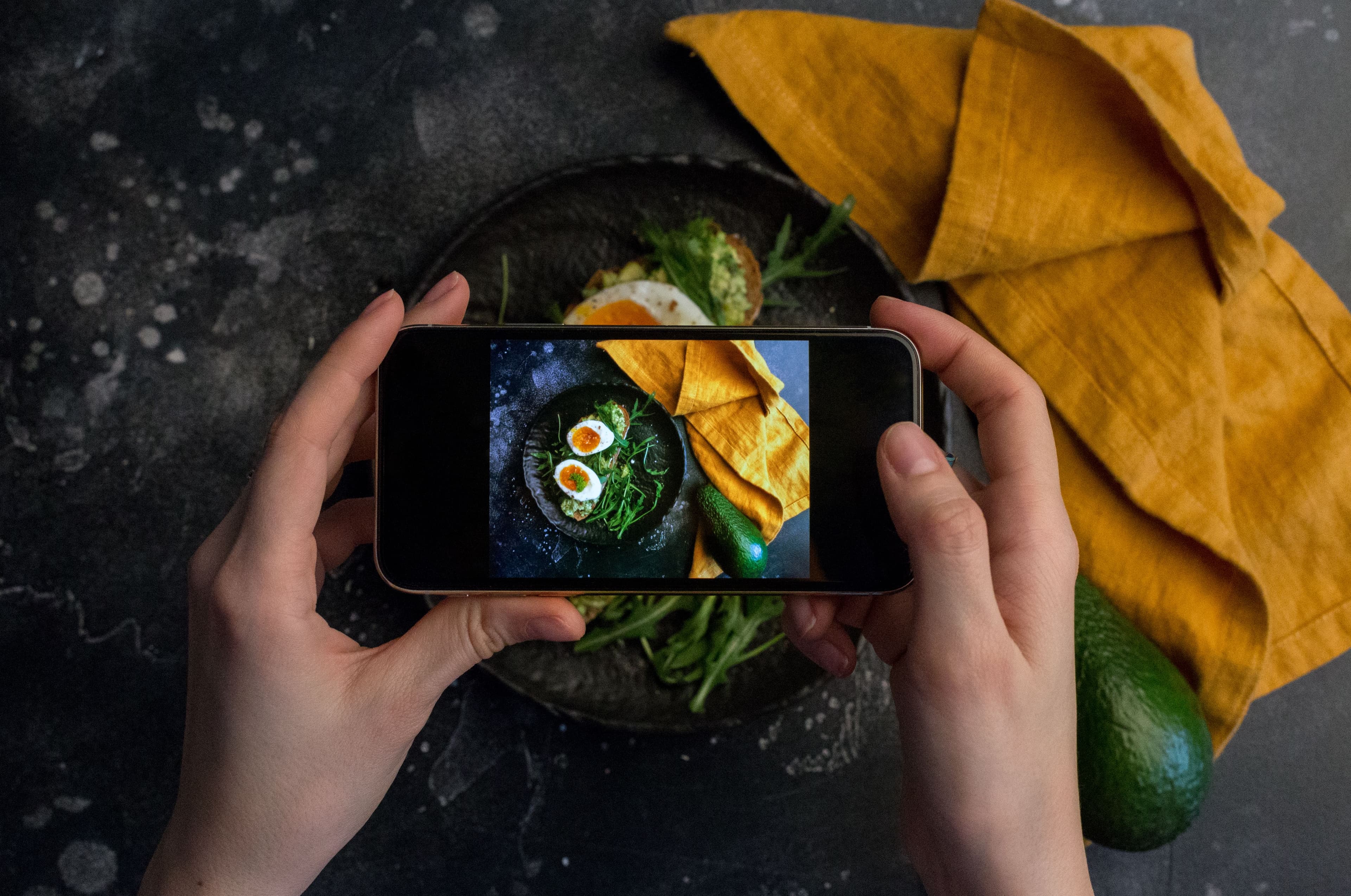2020 was one of the most difficult years for the hospitality industry. Because of the unexpected coronavirus outbreak, the industry faced the risk of going out of business. Because of restrictions laid out by the government, most restaurants either shut their dine-in operations or reduced the size of their indoor capacity. As a result, restaurateurs looked for new options that could help them to adopt the “new normal”.
This meant restaurateurs had to change their business model and offer or increase alternative services such as takeaway and delivery.
So, how can businesses adapt and implement takeaway and delivery features successfully?
Here is a list of the seven key facts that will make your takeaway and delivery experience much better!
1) Optimize your restaurant's menu for takeout and delivery
For some restaurants, delivery, and takeout services are new. If your cuisine is not designed for delivery, it may now be the right time to optimize your menu for delivery and takeout. This means that you can either introduce special dishes that are not available for dine-in consumption or shorten your dine-out menu.
For example, more people are looking for comforting, simple, and cost-effective options when ordering online. Foods such as sandwiches, wraps, and burgers were some of the most popular items.
Before you optimize your menu, you need to think about;
· Which meals could be consumed more at home?
· Does your food travel well?
· What kind of packaging do you need to keep your food cold or hot?
· Does your food get moist because of the packaging?
· Do you know your delivery time window?
· Do you know which items sell more for take-out?
· How people, particularly those who are in quarantine, will be using restaurant delivery services?
The list goes on. However, these are some of the main questions you should ask yourself before optimizing your menu.
2) Packaging can impact the quality of the food
Once you optimize your menu, it is now time to choose the right packaging for your dishes. This decision is important because the right packaging protects dishes during travel, keeps the temperature of the food & beverage at an optimum level, and doesn’t cause leakages.
You also need to make sure dishes can travel far away while still preserving their quality. As a result, you need to invest in sturdy, robust, and temperature-controlled materials that will hold your food together and still offer a delicious taste.
3) Restaurateurs must check if their current POS system can receive and manage online orders
Once you optimize your menu and find the best packaging for your items, it is time to check if your current POS systems support online orders. You need to be able to receive your orders online, select delivery alternatives, access customer data, and control your operations.
If your current POS systems don’t support online orders, you can look for software solutions that provide data-driven menu management, order & payment solutions.
Menu management platforms that offer dine-in and dine-out solutions for restaurants like FineDine not only can integrate with the majority of the POS brands but also can be used as an alternative to the POS brand.
4) Use branded packaging to increase your restaurant brand awareness
Packing signifies the physical image of your brand’s personality. Therefore, your design and logo on the packaging can increase brand awareness. Branded packaging is easy and efficient, as it can make customers talking about your brand and delicious products.
Your customers need to be familiar with your brand constantly. The more your brand is exposed to your guests, the more you increase your brand awareness and this will increase your sales.
Some restaurants go above and beyond and offer branded service materials, magnets, flyers, and customized notes on branded papers. Whichever method you choose, make sure your brand is visible to your clients.
5) Manage the peak times of your restaurant's operations
Managing delivery and take-out services are quite different than offering the dine-in option. Therefore, you need to be familiar with peak times for online ordering.
According to research, during the weekday majority of the customers order their food between 11:00 am — 14:00, and 17:00–19:00. The same research shows that a few people seek late-night cravings.
However, time moves differently for a lot of folks in terms of when they take breaks or choose to eat. So your kitchen must always be ready for the orders.
6) Calculate the delivery times of your dishes efficiently
Customers always want to receive their orders on time. Overpromising, delivery times will piss customers. So, it is crucial to estimate the time needed for the preparation and delivery of the dishes correctly.
A wrong estimation could lead to an unsatisfied customer experience. A lot of the time, customers blame the restaurant for late delivery problems. As a result, in order to minimize complaints, restaurant owners must predict the time needed for the preparation, cooking, and delivery of their dishes correctly.
7) Create a stronger relationship with your guests
Often, customers repeat their orders just because they want to support their favorite restaurant. However, this bond doesn’t happen overnight.
Having genuine and engaging conversations with customers was easy when they were dining in. So right now, restaurateurs must find new ways of bonding with their customers.
Offering personalized notes, thank you cards, special discounts, and promotions are some of the ways that could make delivery service a unique experience. Moreover, using social media effectively can also enhance strong customer relationships. Check out our previous posts if you don’t know how to leverage social media.


